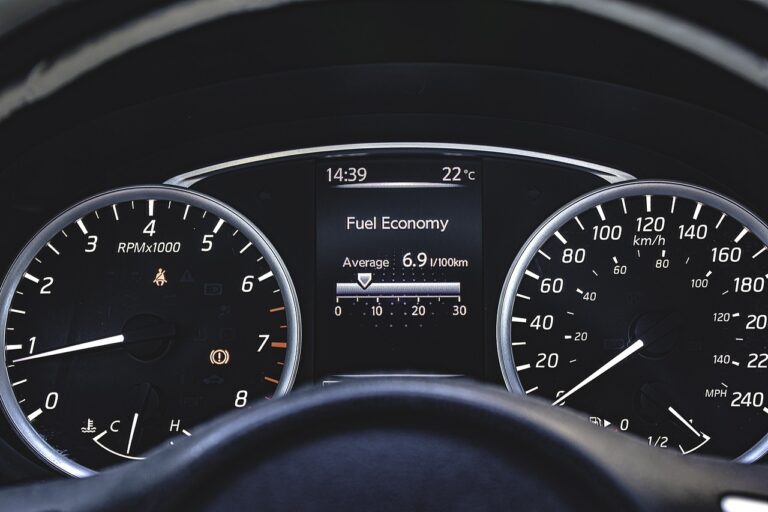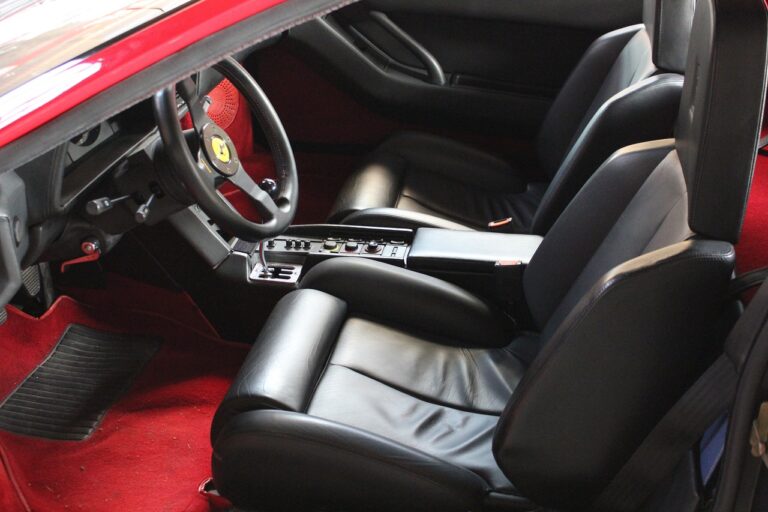Vehicle-to-Everything (V2X) Communication: The Next Step in Connected Cars
V2X communication, short for vehicle-to-everything communication, is an advanced technology that allows vehicles to exchange critical information with other vehicles, infrastructure, pedestrians, and the surrounding environment in real-time. Through the use of dedicated short-range communication (DSRC) or cellular networks, V2X enables vehicles to transmit and receive data such as speed, position, traffic conditions, and other safety-related information to enhance road safety and improve traffic efficiency.
In a V2X communication system, vehicles are equipped with onboard units that communicate wirelessly with roadside infrastructure units and other vehicles within a certain range. These units use a combination of vehicle-to-vehicle (V2V), vehicle-to-infrastructure (V2I), vehicle-to-pedestrian (V2P), and vehicle-to-network (V2N) communications to create a connected ecosystem where data is constantly exchanged to prevent accidents, reduce congestion, and enable new services like autonomous driving and real-time traffic management. This technology holds great promise in revolutionizing the transportation industry and creating a safer, more efficient mobility ecosystem for the future.
Benefits of V2X Communication in Connected Cars
V2X communication in connected cars offers enhanced safety features by allowing vehicles to communicate with each other and with infrastructure on the road. This real-time exchange of information helps in avoiding accidents, reducing traffic congestion, and improving overall road safety. For instance, V2X technology enables cars to alert drivers about potential hazards, such as sudden stops or road work ahead, enhancing driver awareness and response time.
Moreover, the benefits of V2X communication extend beyond safety to include improved traffic efficiency and reduced fuel consumption. By facilitating better coordination between vehicles and traffic signals, V2X technology can optimize traffic flow, minimize idle time at intersections, and decrease overall travel time. This not only enhances the driving experience but also contributes to reducing carbon emissions and promoting environmentally friendly transportation solutions.
What is V2X Communication?
V2X communication, short for Vehicle-to-Everything communication, enables vehicles to communicate with other vehicles, infrastructure, pedestrians, and the cloud using wireless technology.
How does V2X Communication work?
V2X communication works by allowing vehicles to share real-time information such as location, speed, and driving conditions with other vehicles and infrastructure, which helps improve road safety and traffic efficiency.
What are the benefits of V2X Communication in connected cars?
The benefits of V2X communication in connected cars include improved road safety, reduced traffic congestion, enhanced vehicle efficiency, better navigation and routing, and support for autonomous driving technologies.
How does V2X Communication improve road safety?
V2X communication helps improve road safety by enabling vehicles to exchange information about potential hazards, such as accidents, road closures, and slippery conditions, allowing drivers to take preventive actions.
Can V2X Communication help reduce traffic congestion?
Yes, V2X communication can help reduce traffic congestion by providing real-time traffic information to drivers, suggesting alternate routes, and enabling better coordination between vehicles to optimize traffic flow.
Are there any privacy concerns associated with V2X Communication?
Privacy concerns related to V2X communication include the collection and sharing of personal data, location tracking, and potential security vulnerabilities. However, industry standards and protocols are being developed to address these concerns.





